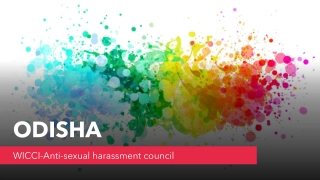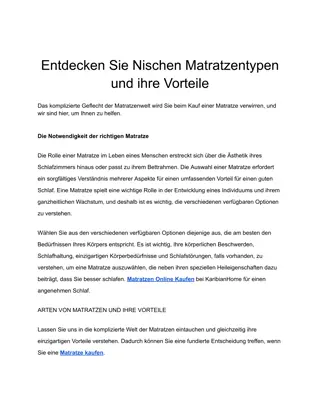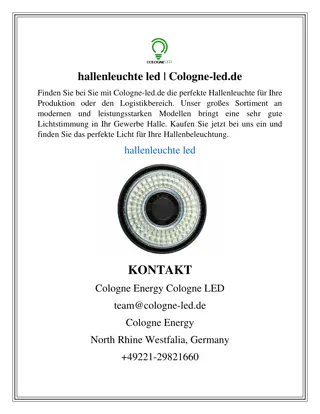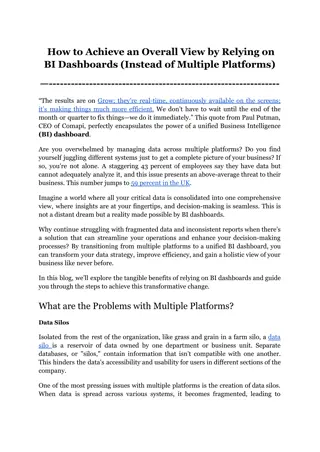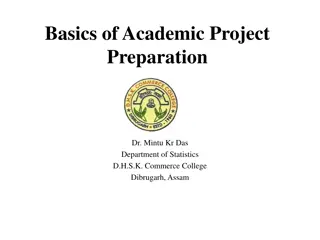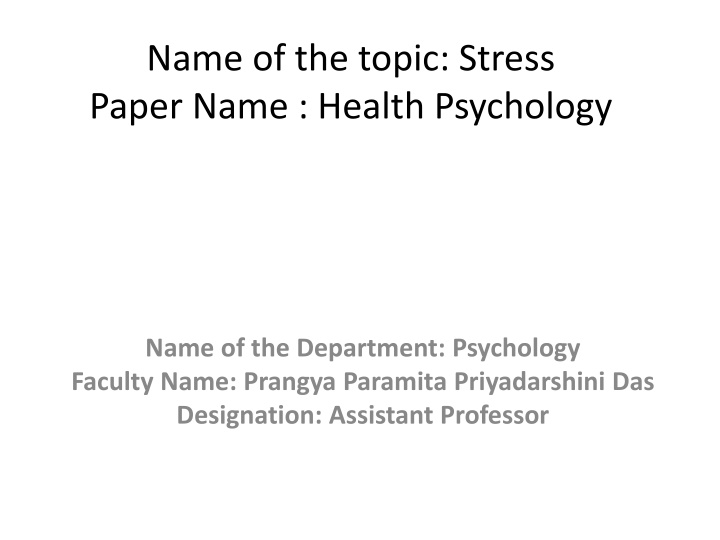
Stress: Psychological and Physiological Components Explained
Explore the intricate nature of stress, encompassing both physical and psychological elements, through the lens of Health Psychology. Delve into stress stimuli, responses, and coping mechanisms to comprehend the impact of stress on overall health and well-being.
Download Presentation

Please find below an Image/Link to download the presentation.
The content on the website is provided AS IS for your information and personal use only. It may not be sold, licensed, or shared on other websites without obtaining consent from the author. If you encounter any issues during the download, it is possible that the publisher has removed the file from their server.
You are allowed to download the files provided on this website for personal or commercial use, subject to the condition that they are used lawfully. All files are the property of their respective owners.
The content on the website is provided AS IS for your information and personal use only. It may not be sold, licensed, or shared on other websites without obtaining consent from the author.
E N D
Presentation Transcript
Name of the topic: Stress Paper Name : Health Psychology Name of the Department: Psychology Faculty Name: Prangya Paramita Priyadarshini Das Designation: Assistant Professor
Health Health is a positive state of physical, mental, and social wellbeing not simply the absence of injury or disease-that varies over time along a continuum.
Health Psychology Health psychology is the study of psychological and behavioral processes in health, illness and healthcare. It is concerned with understanding how psychological, behavioral and cultural factors contribute to physical health and illness.
Stress The condition of stress has two components: Physical(bodily challenge) and Psychological (How individual perceives circumstances in their lives?). Physical and psychological components of stress can be examined in three ways. STRESS STIMULUS RESPONSE PROCESS Demanding job, pain due to disease, death in family People s reaction to stressors Stressors, strain, Relationship between person and environment, involves continuous interaction and adjustment Psychological (thought pattern, emotion) Physiological (Increase heartbeat, mouth goes dry) STRESSOR STRAIN TRANSACTION
Stress is the circumstance in which transactions lead a person to perceive a discrepancy between the physical or psychological; demands of a situation and the resources of his or her biological, psychological or social systems. Stress often results from inaccurate perceptions of discrepancies between demands and the actual resources. environmental
Nature of Stress 1. Stress is an Everyday Event(Waiting in line, having car trouble, misplacing checkbook, misplacing things, struggling with rising prices, dealing with delays.) Stressful events can have a cumulative or additive impact. In other words stress can add up. 2. Stress lies in the eye of the beholder. Events that are stressful for one person may not be stressful for others. Lazarus and Folkman(1984) distinguished between primary appraisal and secondary appraisal.
Contd.. Secondary Appraisal Stress Coping resources appear inadequate or likely to be tested Primary Appraisal Situation perceived as relevant and threatening Coping Resources appear Adequate No Stress STIMULUS Event Situation perceived as irrelevant or harmless No Stress
3. Stress may be embedded in the Environment- Stress come from the environmental circumstances that individuals share with others. Excessive noise, heat and pollution threaten wellbeing and physical health. Children living near international airport have found that elevated stress hormone, memory deficits and poor task performance. Crowding is another source of environmental stress. Recently , investigators have examined urban poverty and violence as a source of environmental stress.
4. Stress may be self-imposed: Someone might actively seek additional responsibilities at work to impress his/her boss. People frequently put pressure on themselves to get good or to climb the corporate ladder rapidly. 5. Stress is influenced by culture: Everyday discrimination can take many forms, including verbal insults, negative evaluations, avoidance, denial of equal treatment, and threats of aggression. In addition to discrimination, members of ethnic minorities experience stress because they keenly aware of negative racial stereotypes and often worry that others will interpret their behavior in ways that confirm derogatory stereotypes.
Cognitive Appraisal of Stressors Transaction in stress generally involve an assessment process. Cognitive appraisal is a mental process by which people assess two factors. 1. Whether a demand threatens their physical or psychological well-being. 2. The resources available for meeting the demand these are called primary and secondary appraisal.
Primary Appraisal We assess the meaning of the situation for our wellbeing. This assessment process is called primary appraisal. Primary appraisal could yield three judgments. It is irrelevant It is good It is stressful If you had similar symptoms of pain before, were not followed by illness Being Positive Life threatening
Circumstances we appraise as stressful receive further appraisal for three implications. HARM LOSS THREAT CHALLENGE Refers to the amount of damage that has already occurred, following a serious injury Threat involves the expectation of future harm-for example loss of income. Challenge is the opportunity to achieve growth, mastery or profit by using more than routine resources to meet a demand.
Secondary Appraisal Secondary appraisal refers to the assessment of resources that are available with us for coping. We are especially aware of our secondary appraisals when we judge a situation as potentially stressful and try to determine whether our resources are sufficient to meet the harm, threat or challenge we face.
What factor leads to stressful appraisals? Personal Factors Situational Factors Intellectual, motivational, personality characteristics Strong Demands People who have high self- esteem believe that they have the resources to meet demands
Stressful Situations Difficult Timing- Events that happen earlier or later(entering college at 40 and marriage at 15 Life Transition- Becoming a parent, retiring from a career Stress Ambiguity-A lack of clarity in situation-Unclear information for a worker about a function or task Low controllability- 1. Low behavioral control(not being able to do anything..For ex..backpain) 2. Low cognitive control (not being able to stop thinking .For ex .traumatic experience) Low desirability- Losing one s house in a fire
Conclusion In conclusion, stress in the 21st century has become a pervasive challenge, influenced by a multitude of factors such as rapid technological advancements, economic uncertainties, and evolving social dynamics. The constant connectivity afforded by digital technology, while beneficial in many ways, has also blurred the lines between work and personal life, leading to an increase in expectations and demands on individuals. Moreover, the global challenges we face such as climate change, political instability, and public health crises have compounded feelings of anxiety and helplessness. As society grapples with these issues, it's crucial to recognize the importance of mental health and develop effective coping strategies. This includes fostering resilience, promoting work-life balance, and creating supportive environments both in the workplace and within communities. Ultimately, addressing stress in the modern world requires a collective effort that prioritizes well-being, encourages open dialogue about mental health, and seeks to implement systemic changes. By doing so, we can create a healthier, more balanced society where individuals are empowered to navigate the complexities of 21st-century life.









